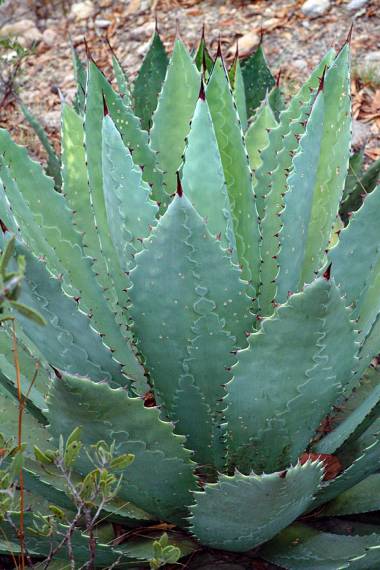Agave nayaritensis
6. How to Grow Agave nayaritensis
Cultivating Agave nayaritensis is a rewarding experience with the right conditions.
- Climate and Hardiness: This agave is best suited for USDA hardiness zones 9-11, as it is sensitive to hard freezes. It thrives in warm, sunny environments. It tolerates temperatures up to 100°F (38°C), though protection from extreme heat is beneficial. It prefers full sun exposure for optimal growth, though it can tolerate partial shade, particularly during the hottest hours of the day.
- Soil Requirements: The most important aspect of the soil is good drainage. A well-draining soil mix is crucial for preventing root rot. A mixture of cactus potting mix, coarse sand, and perlite, or pumice is recommended. The pH needs to be slightly acidic to neutral.
- Watering: Established plants are drought tolerant. Water deeply but infrequently, allowing the soil to dry out completely between waterings. Adjust the frequency based on climate and conditions: more frequent watering is needed during the growing season (spring and summer) and less during dormancy (winter).
- Fertilizing: Fertilize sparingly. A balanced, slow-release fertilizer formulated for cacti and succulents can be applied in spring, following package instructions. Avoid over-fertilizing that can lead to soft growth.
- Container Growing: Agave nayaritensis is well-suited to container growing. Use a pot with drainage holes and the same well-draining soil mix described above. Repot every 2-3 years.
- Maintenance: Remove dead or damaged leaves as needed. Protect from pests and diseases.









